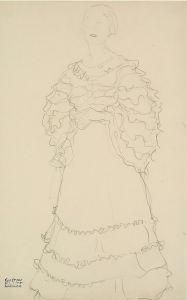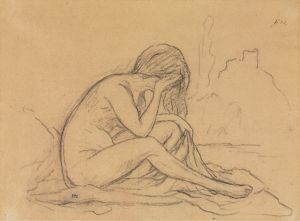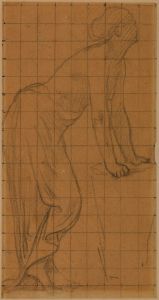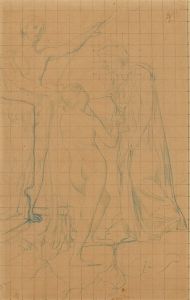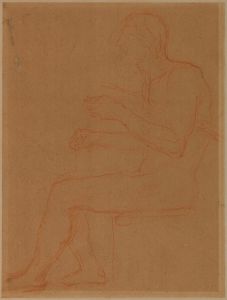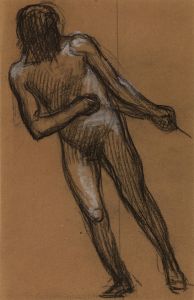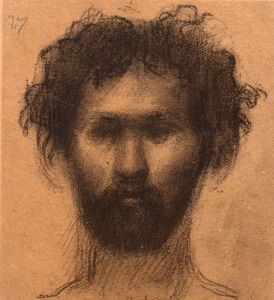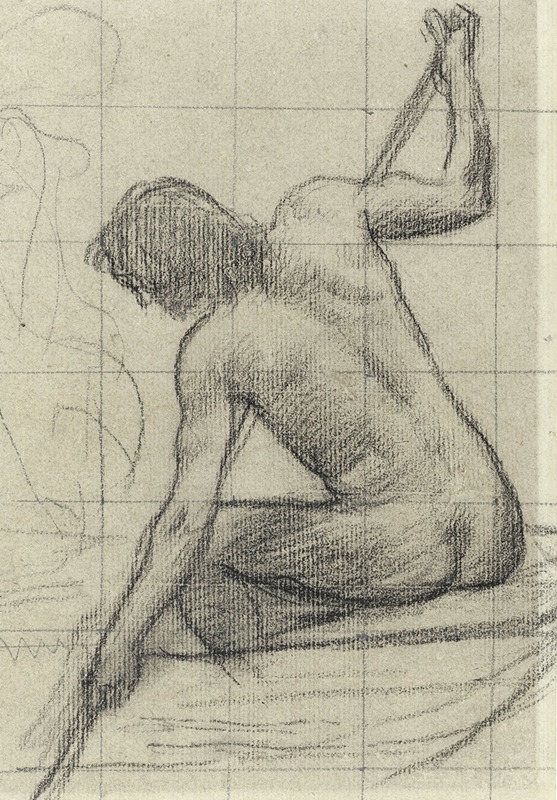
Homme nu assis de dos tenant un bâton
A hand-painted replica of Pierre Puvis de Chavannes’s masterpiece Homme nu assis de dos tenant un bâton, meticulously crafted by professional artists to capture the true essence of the original. Each piece is created with museum-quality canvas and rare mineral pigments, carefully painted by experienced artists with delicate brushstrokes and rich, layered colors to perfectly recreate the texture of the original artwork. Unlike machine-printed reproductions, this hand-painted version brings the painting to life, infused with the artist’s emotions and skill in every stroke. Whether for personal collection or home decoration, it instantly elevates the artistic atmosphere of any space.
Pierre Puvis de Chavannes was a notable French painter of the 19th century, renowned for his mural works and contributions to the Symbolist movement. One of his lesser-known works is "Homme nu assis de dos tenant un bâton," which translates to "Nude Man Sitting from the Back Holding a Stick." This artwork exemplifies Puvis de Chavannes' interest in the human form and his ability to convey a sense of timelessness and universality through his subjects.
Puvis de Chavannes was born on December 14, 1824, in Lyon, France. He initially pursued a career in engineering but later shifted his focus to painting, studying under various artists in Paris. His style is characterized by a subdued palette, simplified forms, and an emphasis on harmony and balance, which can be seen in "Homme nu assis de dos tenant un bâton."
The painting depicts a nude male figure seated with his back to the viewer, holding a stick. The composition is simple yet powerful, focusing on the contours of the human body and the play of light and shadow on the skin. The figure's pose is relaxed, suggesting a moment of contemplation or rest. The use of a stick as a prop adds an element of intrigue, inviting viewers to ponder its significance within the composition.
Puvis de Chavannes often drew inspiration from classical themes and ideals, and this work is no exception. The depiction of the nude figure harkens back to the traditions of ancient Greek and Roman art, where the human body was celebrated for its beauty and expressiveness. However, Puvis de Chavannes' approach is distinct in its modern sensibility, stripping away extraneous details to focus on the essence of the form.
Throughout his career, Puvis de Chavannes was known for his large-scale murals, many of which adorn public buildings in France. His work had a significant influence on the development of modern art, impacting artists such as Paul Gauguin and Georges Seurat. While "Homme nu assis de dos tenant un bâton" is not one of his monumental murals, it reflects his mastery of composition and his ability to convey emotion through simplicity.
The painting is part of a broader body of work by Puvis de Chavannes that explores themes of humanity, nature, and the passage of time. His art often evokes a sense of nostalgia and longing, capturing moments of quiet introspection. This particular piece, with its solitary figure and minimalist setting, invites viewers to engage in their own reflections.
Puvis de Chavannes passed away on October 24, 1898, in Paris, leaving behind a legacy that continues to be celebrated in the art world. His works are housed in various museums and collections, and he is remembered as a pioneer who bridged the gap between traditional and modern art. "Homme nu assis de dos tenant un bâton" remains a testament to his skill and vision, offering a glimpse into the mind of an artist who sought to capture the timeless essence of the human experience.






